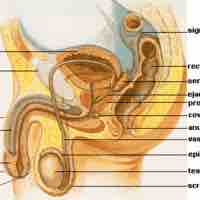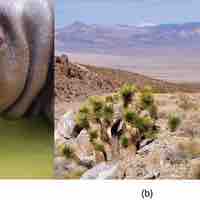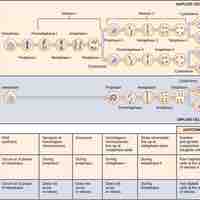Chapter 26
The Reproductive System
By Boundless
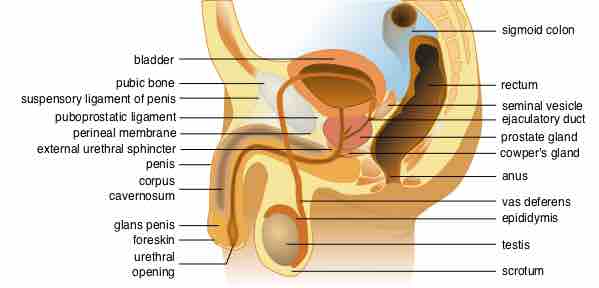
The male reproductive system includes external (penis, scrotum, epididymus, and testes) and internal (accessory) organs.
The purpose of the scrotum is to provide the testes with a chamber of appropriate temperature for optimal sperm production.
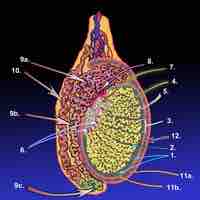
The testis is homologous to the ovary in that it produces the male gamete (sperm) while the ovary produces the female gamete (egg).
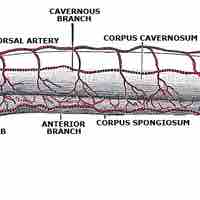
In human males, the penis serves as both a reproductive organ and as a urinal duct.
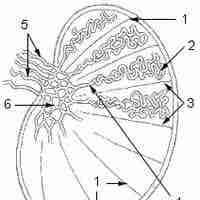
Testes ducts, which include the seminiferous tubules and vas deferens, are involved in the creation or transportation of sperm.
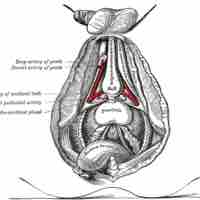
The accessory sex glands produce seminal fluid and clean and lubricate the urethra.
Physiological changes occur to male genitalia during sexual arousal.

Sperm are the male "seeds," germ cells, or gametes.
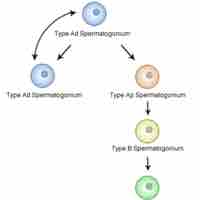
Male gametes (sperm cells) are haploid cells produced via spermatogenesis.
Semen is a fluid produced by the seminal vesicles.
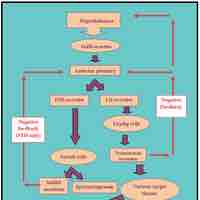
The male reproductive system is regulated by the production, stimulation, and feedback of specific hormones.
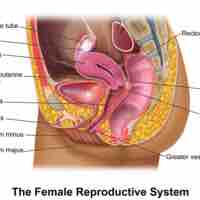
The human female reproductive system contains two main parts: the uterus and the ovaries, which produce a woman's egg cells.
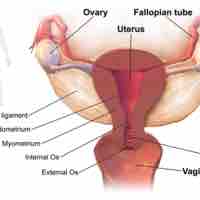
The ovaries are the ovum-producing organs of the internal female reproductive system.
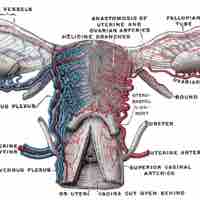
The uterus is the largest and major organ of the female reproductive tract that is the site of fetal growth and is hormonally responsive.

The Fallopian tubes, or oviducts, connect the ovaries to the uterus.
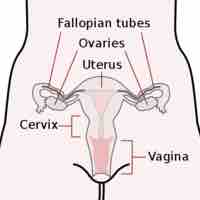
The vagina is the female reproductive tract and has two primary functions: sexual intercourse and childbirth.
The vulva is the external genitalia of the female reproductive tract, situated immediately external to the genital orifice.
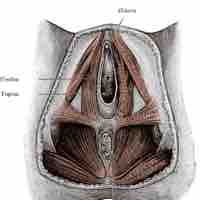
The perineum is the region between the genitals and the anus, including the perineal body and surrounding structures.
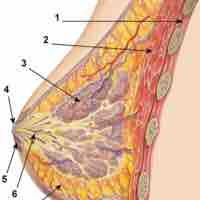
A mammary gland is an organ in female mammals that produces milk to feed young offspring.
Oogenesis is the maturation of the female gametes through meiotic division.
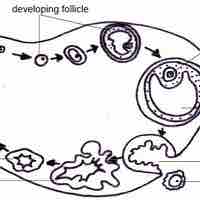
The menstrual cycle is the physiological process that fertile women undergo for the purposes of reproduction and fertilization.

The uterine cycle describes a series of changes that occur to the lining of the uterus, or endometrium, during a typical menstrual cycle.
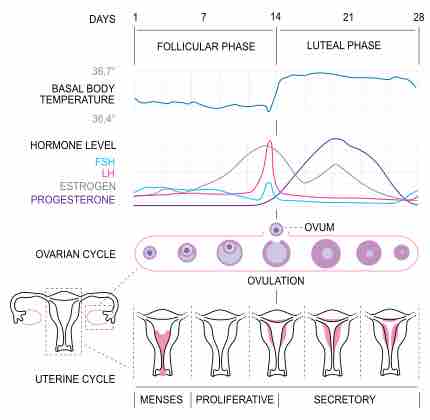
The menstrual cycle is controlled by a series of changes in hormone levels, primarily estrogen and progesterone.
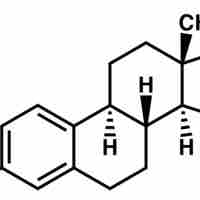
Estrogen and progesterone have several effects beyond their immediate roles in the menstrual cycle, pregnancy, and labor.
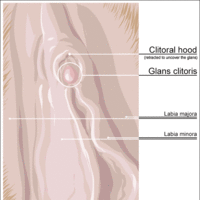
Female sexual arousal causes physiological changes including increased blood flow to the genitals and enlargement and lubrication of the vagina.
